
It’s not the first time a formation has appeared, seemingly out of nowhere, on a world beyond Earth. Usually, it’s Mars: this year alone the Mars Reconnaissance Observer spotted a brand-new crater that wasn’t there last time NASA looked, while the Opportunity Rover discovered the amazing Ghost Rock that also didn’t exist—and then it did.
Now it’s Titan’s turn. Saturn and its moons have been under close scrutiny by the Cassini probe ever since the spacecraft arrived in the neighborhood back in 2004, discovering such oddities as geysers and a subsurface ocean on the ice moon Enceladus; a mysterious hexagon-shaped storm on Saturn itself; and a hydrocarbon cycle on Titan that mirrors Earth’s water cycle, complete with rainstorms, rivers and lakes.
But in July, 2012, Cassini spotted something that hadn’t been there anytime in the previous seven years: a bright spot, covering about 30 square miles (78 sq. km), in the lake known as Ligeia Mare, which is bigger than Lake Superior. NASA called it a “transient feature,” while the Internet dubbed it the “Magic Island.” And as of August 21 of this year, the space agency has just announced, it was still visible—and in fact, it had doubled in size.
“The fact that it’s still there shows that it isn’t just some artifact of the imaging system,” says Jason Hofgartner, the Cornell grad student who’s in charge of figuring out what the darned thing is. “Something is really happening on Titan.”
Hofgartner and his colleagues have narrowed the “something” down to four possibilities. “It could be waves,” he says. “It could be bubbles rising up from the bottom. It could be solids of some kind floating on the surface—or solids suspended below the surface. All of these,” he says, “are equally viable at this point.”
The scientists are convinced, however, that the mystery island almost certainly has to do with the changing of seasons on Titan. Riding along in its orbit around Saturn, Titan takes 30 years to circle the Sun, and the northern hemisphere, where Ligeia Mare is located, is just at the start of its 7 1/2-year summer. It’s bathed in solar energy, and, says Hofgartner, “any of those [features] could be powered by the seasonal change.”
PHOTOS: This Astronaut's Images of Earth Look Like Beautiful Abstract Paintings
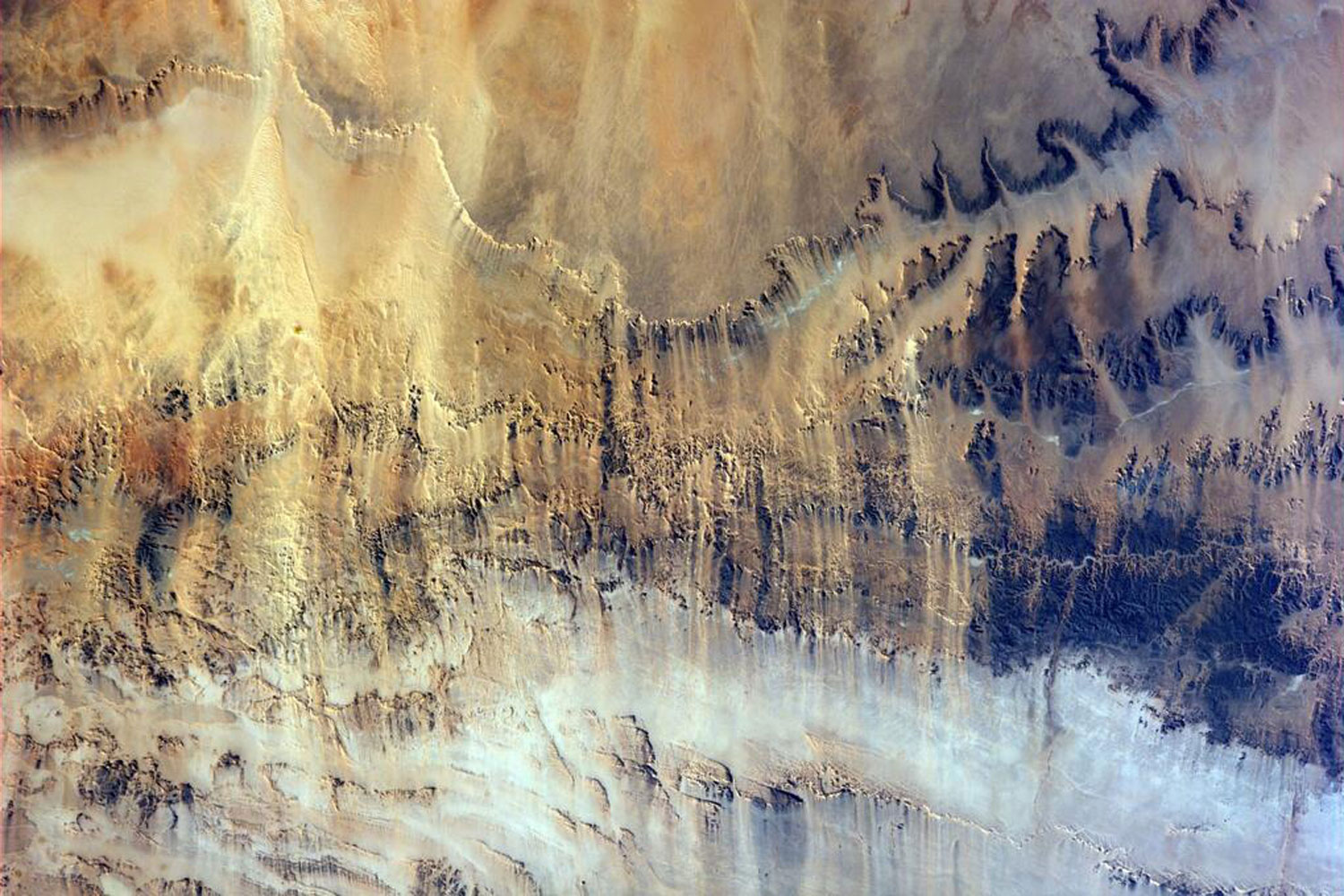
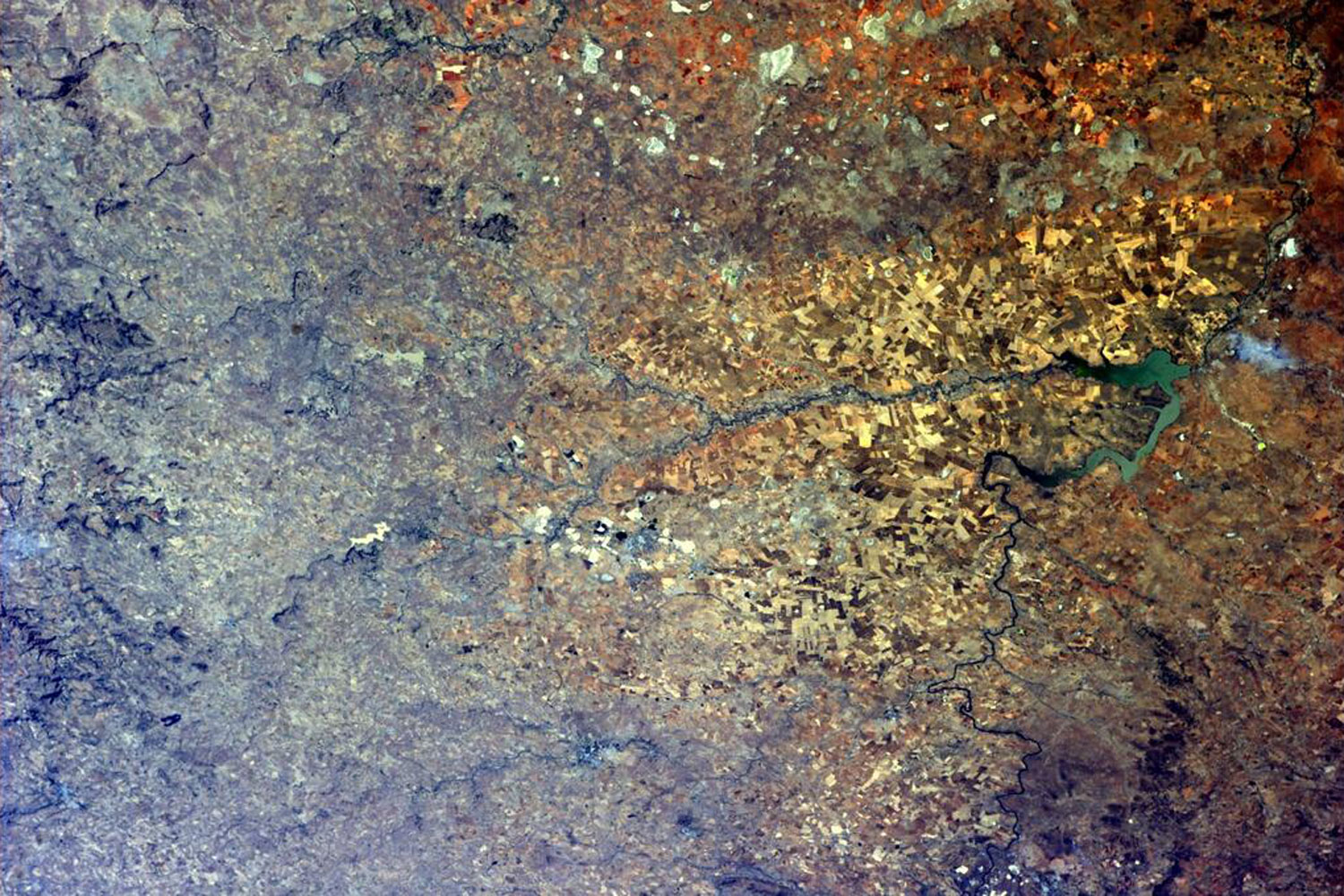
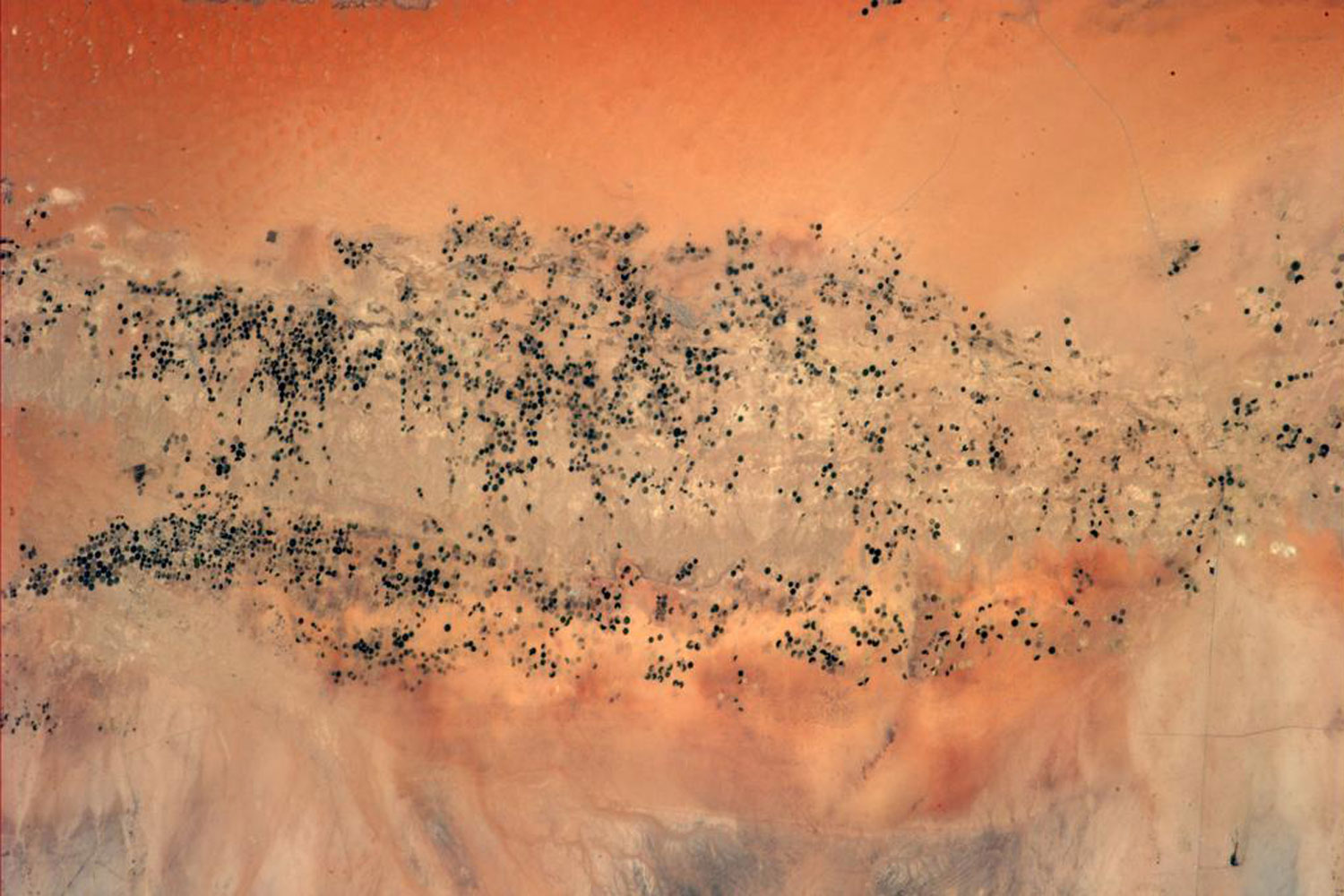
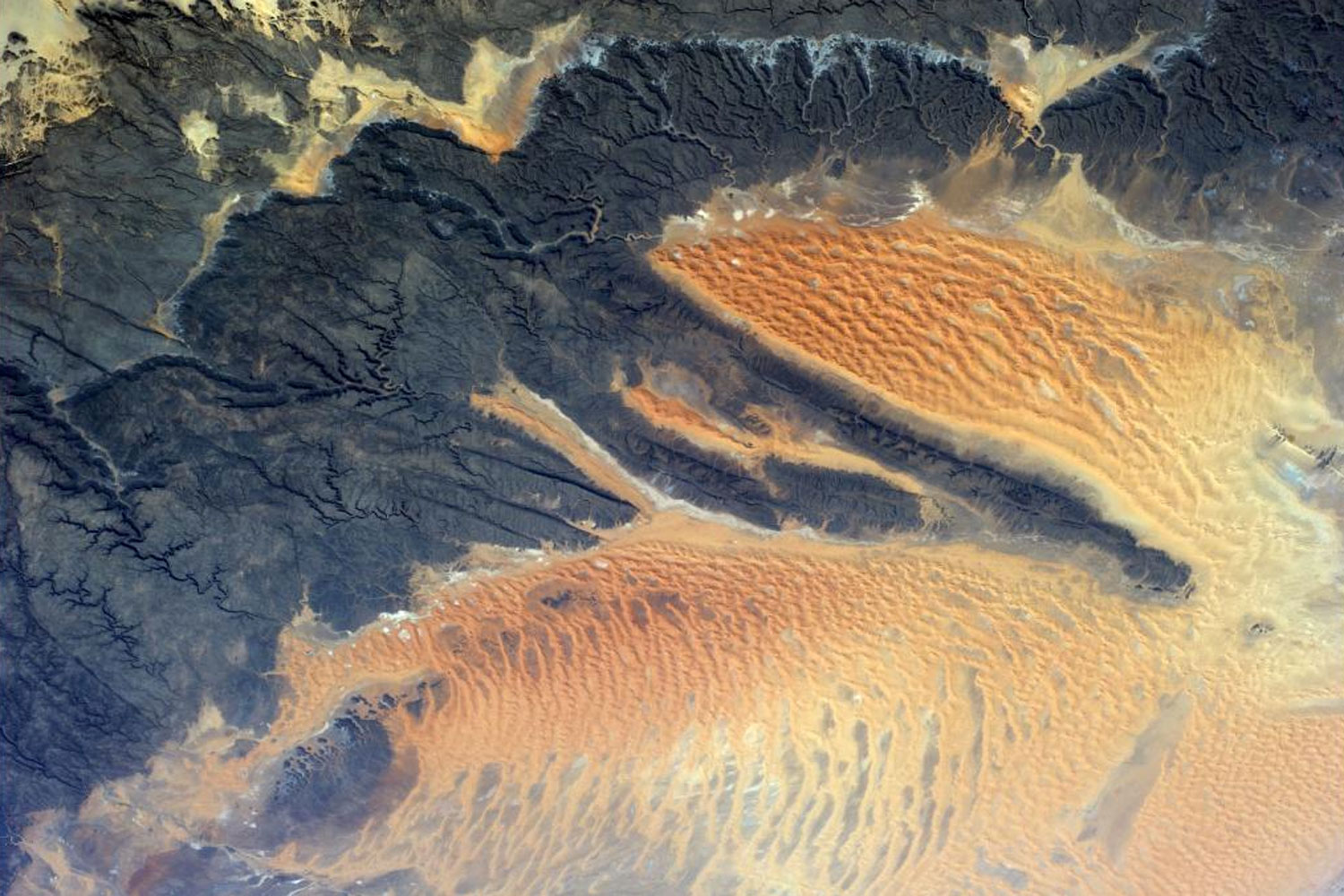
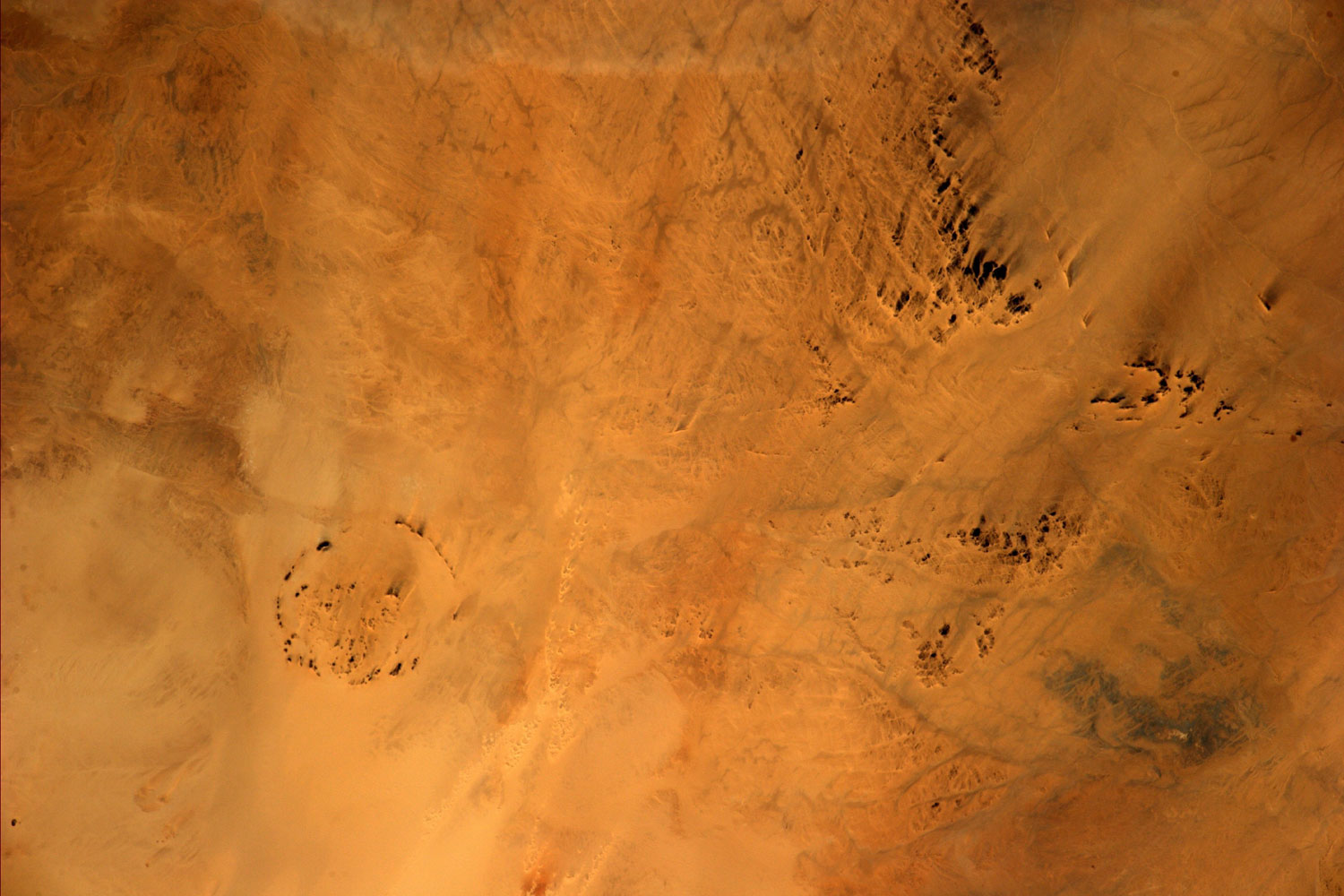

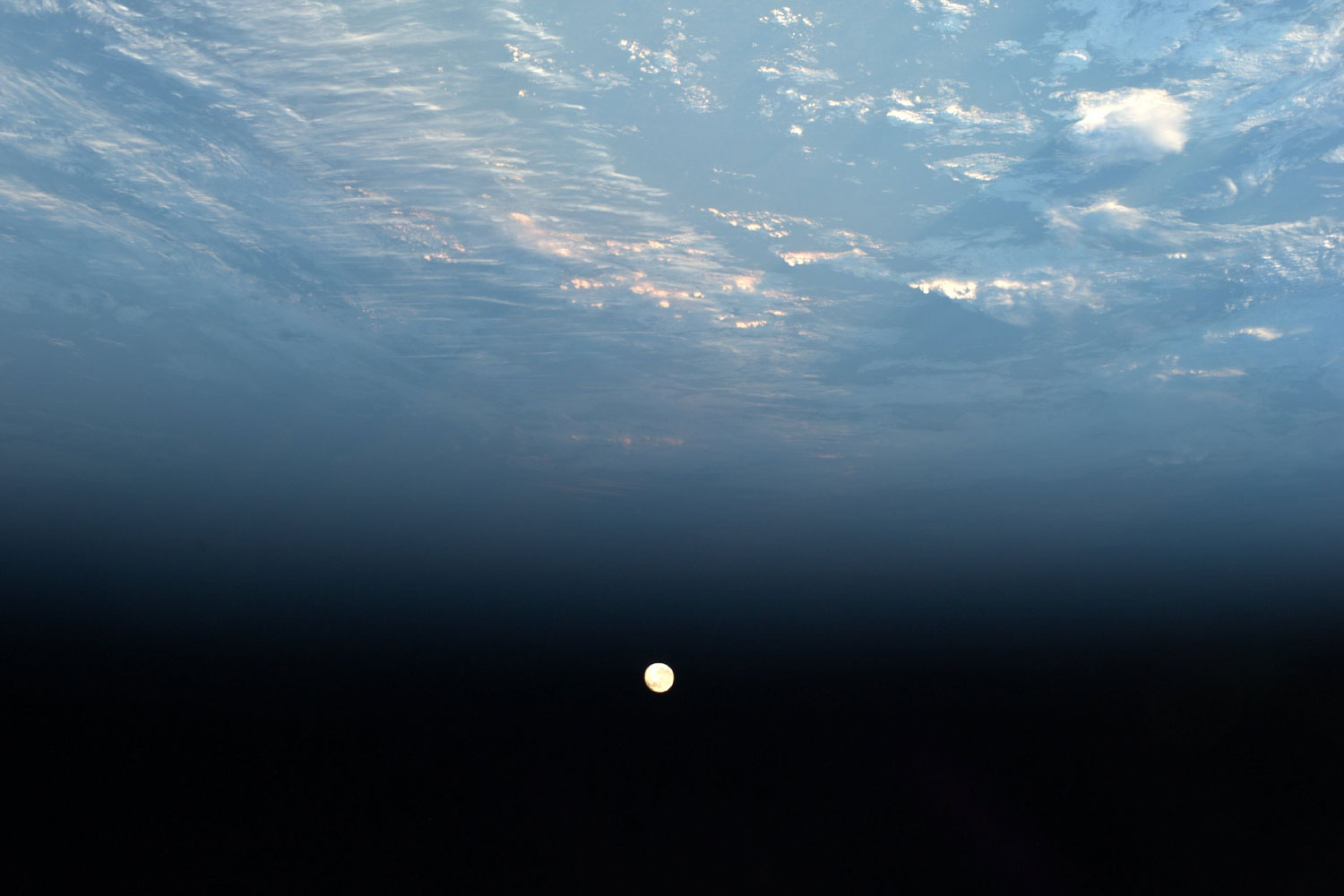

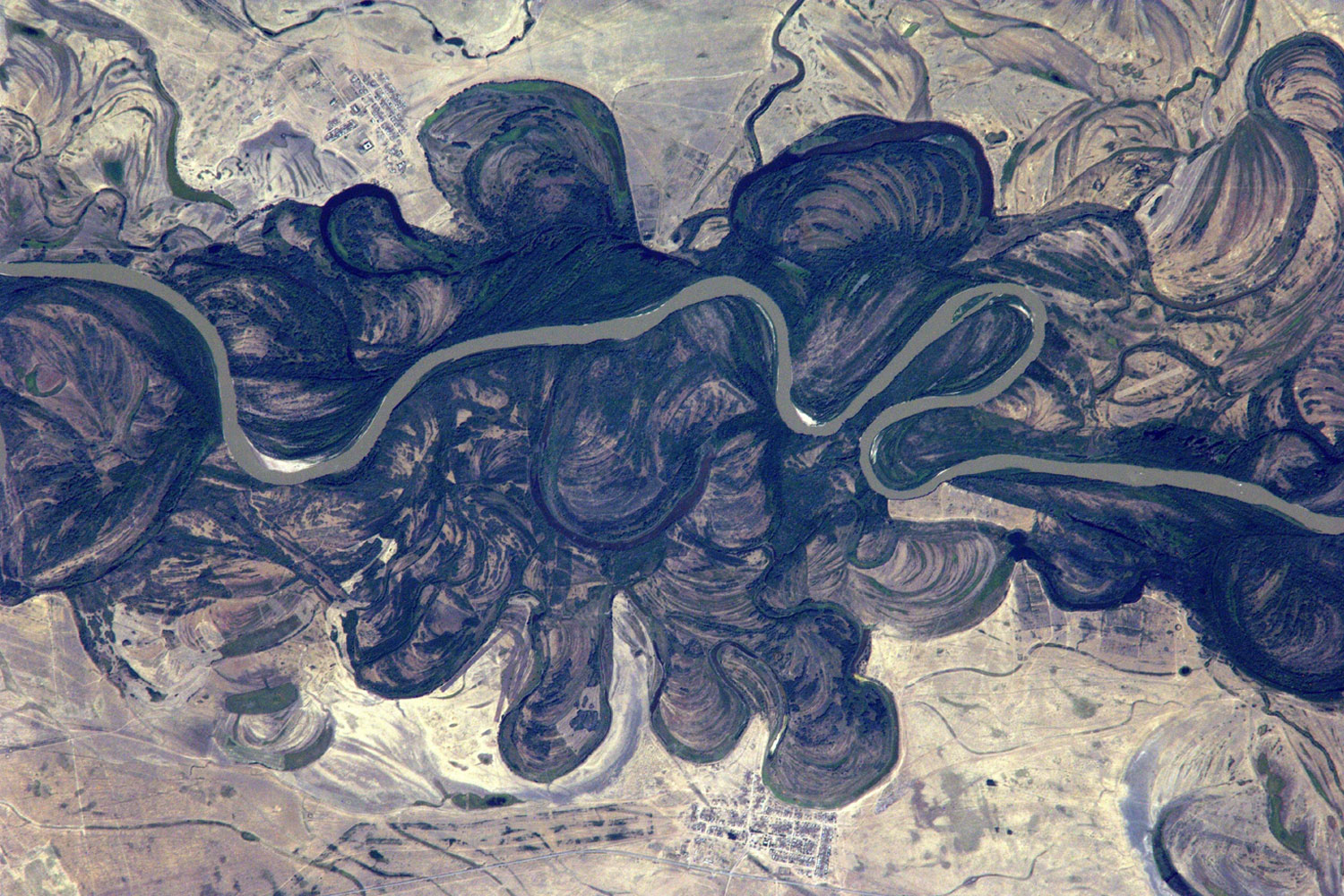


If so, it wouldn’t be the first time scientists have seen seasonal effects on Titan: when Cassini first arrived in the Saturnian system, the moon’s southern hemisphere was edging into the end of summer, and observations suggested at the time that evaporation had shrunk the lakes in the region from their maximum extent—the same thing that happens to lakes and reservoirs on Earth.
In fact, the search for evidence of seasonal changes on Titan was a primary objective of the Cassini mission, and the space probe should get at least another look at the mystery island before the mission ends.
That won’t remotely solve all of the mysteries about this extraordinary moon, however. It’s nothing less than a Bizarro version of Earth, with methane and other hydrocarbons taking the place of water. “It has all kinds of processes we can learn about,” says Hofgartner, “which could help us understand processes on Earth better.”
That could call for a return visit one day by a successor of Cassini. “There are lots of reasons,” Hofgartner says, “to go back.”
More Must-Reads from TIME
- Trump and Musk Have All of Washington on Edge
- Why AI Safety Researchers Are Worried About DeepSeek
- Behind the Scenes of The White Lotus Season Three
- Why, Exactly, Is Alcohol So Bad for You?
- The Motivational Trick That Makes You Exercise Harder
- 11 New Books to Read in February
- How to Get Better at Doing Things Alone
- Column: Trump’s Trans Military Ban Betrays Our Troops
Contact us at letters@time.com